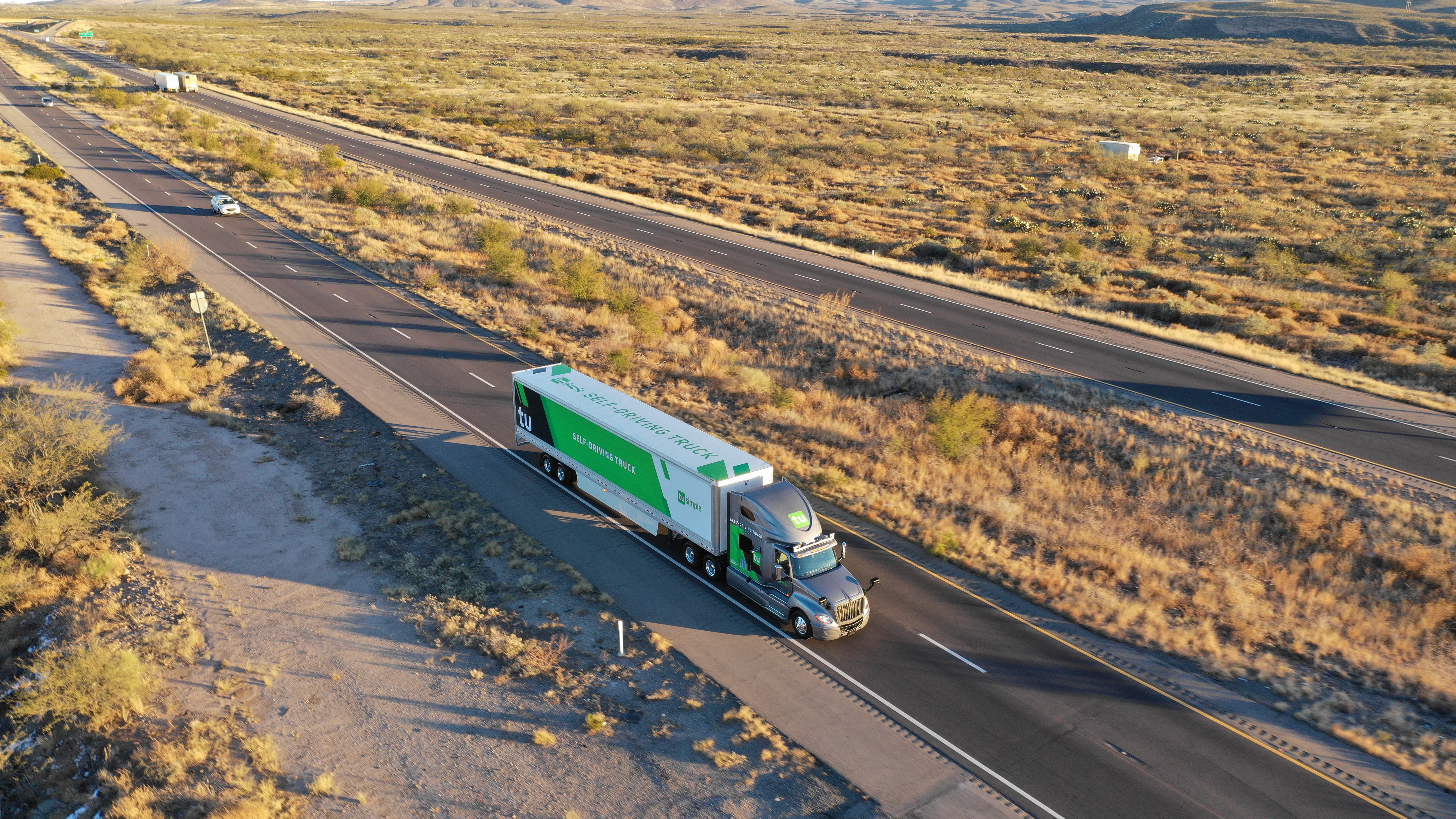Apple recently invited reporters to meet a handful of companies announcing new products at this year’s Consumer Electronics Show. The common theme: All of these products connect to Apple’s HomeKit platform for smart home devices.
By integrating with HomeKit, these companies make their products configurable and controllable via Apple devices, specifically through the Home app and Siri. Last year, Apple rolled out a new software authentication system, which meant that manufacturers no longer needed to include an MFi chipset to be part of the program.
This isn’t a comprehensive list of all the HomeKit-integrated products that will be announced at CES, but it provides a snapshot of what’s coming to the ecosystem in 2019 — smart light switches, door cameras, electrical outlets and more. Here they are:
- New Wemo Light Switches (pictured above) from Belkin that start at $39.99. They allow you to control your lights with Siri or the Home App, and are planned for release in spring or summer of this year.
- A smart light strip and a smart power strip from Eve, a company focused on HomeKit-integrated accessories.
- A new smart outlet from ConnectSense, allowing customers to monitor the power consumption of each outlet. Unlike the company’s existing Smart Outlet² (which fits over existing outlets), the In-Wall SmartOutlet is — as the name implies — actually installed in your wall. It’s scheduled for release in the first half of 2019.
- Kwikset is expanding its Premis lineup of touchscreen smart locks with a new model that it describes as offering a more contemporary and sleek look.
- Mighton plans to launch its Avia smart lock in May. Beyond their more high-tech functions, Avia products are also supposed to be particularly secure locks, and are by the UK police’s Secured by Design initiative.

- The Nanoleaf Canvas is a modular smart lighting system that can create fun, beautiful patterns and even respond to music. A Nanoleaf Starter Kit costs $248.
- Netatmo is announcing a Smart Video Doorbell allowing customers to see, on their phone, who’s ringing the doorbell. It’s also announcing a Smart Indoor Air Quality Monitor that measures air quality, humidity level, temperature and noise.

